The Penanggalan is a legendary creature that haunts the nightmares of Southeast Asian communities. This menacing being, often depicted as a detached head with trailing entrails, has terrified generations with its supernatural abilities and ominous presence. In this article, we will delve into the origins and cultural significance of the Penanggalan, explore its appearance and abilities, examine traditional and modern methods of protection against it, and analyze its enduring influence on contemporary horror.
Understanding the Penanggalan
Origins of the Penanggalan Legend
The Penanggalan legend can be traced back to Southeast Asian folklore, particularly in countries like Malaysia, Indonesia, and Thailand. Its origins are steeped in centuries-old beliefs and superstitions, which have been passed down through generations via oral traditions. While variations of the legend exist across different regions, the core narrative revolves around a woman who transforms into a supernatural creature.
The Penanggalan in Folklore
According to folklore, the Penanggalan was once a beautiful woman who practiced dark magic or was involved in heinous acts, such as breaking societal norms or causing harm to others. As punishment for her transgressions, she was cursed to become a Penanggalan. This curse transforms her into a monstrous creature that detaches her head from her body at night, allowing her to fly freely.
The Penanggalan’s disembodied head, with its trailing organs and glowing eyes, is believed to search for victims during the darkness of the night. Known for its stealth and agility, the creature is often portrayed as haunting villages and preying on vulnerable individuals, especially pregnant women and infants.
Legends surrounding the Penanggalan often include details about how to identify and protect oneself from this malevolent being. It is said that the creature emits a foul stench wherever it goes, a scent likened to that of decaying flesh or rotting food. Villagers would sometimes hang thorny branches or place sharp objects around their homes as a deterrent, as the Penanggalan’s entrails are susceptible to getting caught and injured by such obstacles.
Furthermore, some tales suggest that the Penanggalan has a weakness for certain types of offerings, such as rice grains or eggs. In an attempt to appease or distract the creature, individuals would leave these items outside their homes as a form of protection. The Penanggalan, driven by an insatiable hunger for blood, is said to be momentarily distracted by these offerings, buying precious time for potential victims to seek shelter or seek the aid of a bomoh (a traditional healer).
The Penanggalan’s Appearance and Abilities
Physical Characteristics of the Penanggalan
The Penanggalan’s appearance is nothing short of horrifying. It possesses a head, which remains alive and conscious even after separation from the body. This head is said to have a ghastly complexion, with eyes that glow menacingly in the darkness. It also has elongated fangs that it uses to suck the blood of its victims. The most distinct and chilling feature, however, is its entrails that hang down from the detached head, trailing behind as it flies through the night.
Legend has it that the Penanggalan’s entrails are filled with a vile poison that can paralyze its victims upon contact, rendering them helpless as it feeds on their blood. The sight of this grotesque creature hovering in the night sky, its organs dripping with malevolence, strikes fear into the hearts of all who behold it.
Supernatural Powers and Limitations
Beyond its horrifying appearance, the Penanggalan is known to possess supernatural powers. It has the ability to shape-shift into various forms, allowing it to blend seamlessly with the surroundings and evade detection. Additionally, it possesses incredible speed and agility, making it a formidable predator.
Legends also speak of the Penanggalan’s psychic abilities, which it uses to lure unsuspecting victims into its grasp. It is said to have a hypnotic gaze that can mesmerize even the most strong-willed individuals, compelling them to approach and fall prey to its deadly embrace.
Despite its formidable abilities, the Penanggalan is not invincible. Legends suggest that it has a weakness for vinegar, garlic, and thorns. These items are believed to repulse or weaken the creature, providing potential victims with a chance to escape its clutches.
Cultural Significance of the Penanggalan
The Penanggalan in Literature and Film
The terrifying legend of the Penanggalan has captured the imagination of writers and filmmakers, leading to its inclusion in numerous works of literature and film. From traditional folklore retellings to modern adaptations, the Penanggalan’s malevolent presence continues to enthrall and frighten audiences worldwide.
Works have vividly brought this nightmarish creature to life, adding new layers of horror and suspense to the legend. These depictions serve as a reminder of the enduring power of folklore in shaping popular culture.
One of the most intriguing aspects of the Penanggalan’s portrayal in literature and film is the way different cultures interpret and adapt the legend. In some stories, the Penanggalan is depicted as a vengeful spirit seeking retribution, while in others, it is portrayed as a tragic figure cursed with its monstrous form. These variations highlight the versatility of the Penanggalan myth and its ability to resonate with diverse audiences.
The Penanggalan’s Role in Society and Religion
Beyond its portrayal in artistic mediums, the Penanggalan holds an important place in Southeast Asian society and religious beliefs. Communities that believe in the legend often incorporate rituals and practices to protect themselves against the creature’s malevolent influence.
The Penanggalan is used as a cautionary tale, teaching individuals the consequences of engaging in immoral or forbidden behavior. By instilling fear and unease, the legend serves as a deterrent against deviating from societal norms and acts as a reminder that Evil does not go unpunished.
In some regions, the Penanggalan is also associated with specific cultural practices and ceremonies. During certain festivals or rites, offerings are made to appease the spirit of the Penanggalan and ensure protection from its wrath. These rituals not only demonstrate the deep-rooted beliefs in supernatural entities but also showcase the community’s resilience in the face of perceived threats.
Protection Against the Penanggalan
Traditional Methods of Defense
Throughout history, communities have developed various methods of protection against the Penanggalan. Traditional rituals and incantations are performed to ward off the creature, often involving the use of sacred objects or herbs.
For example, hanging thorny branches or garlic cloves around entrances and windows is believed to deter the Penanggalan, as it dislikes the smell and prickliness of these items. Similarly, placing containers of vinegar around the house is thought to repel the creature, as it cannot withstand the pungent aroma.
Another traditional method of defense against the Penanggalan involves creating intricate mandalas or protective symbols on doorways and windows. These symbols are believed to act as barriers, preventing the creature from entering the household and causing harm to its inhabitants. The intricate designs and precise placement of these symbols are thought to amplify their protective powers.
Modern Interpretations of Protection
In modern times, as belief in the supernatural wanes, people have sought alternative means of protection against the Penanggalan. This includes the use of technological advancements, such as security systems and motion sensor lights, to ward off potential threats.
Furthermore, some individuals have turned to psychological methods of protection, such as positive thinking and visualization techniques. By cultivating a mindset of strength and resilience, individuals believe they can create a barrier of positivity that repels negative energies, including those associated with the Penanggalan.
While these modern interpretations may lack the mystical allure of traditional methods, they provide a sense of security and peace of mind to individuals who fear encounters with the supernatural.
The Penanggalan’s Influence on Modern Horror
The Penanggalan’s Impact on Horror Tropes
The Penanggalan, with its grotesque appearance and chilling abilities, has left an indelible mark on modern horror tropes. Its influence can be seen in various other horror creatures and characters, both in regional and international folklore.
The concept of a detached head with trailing entrails has been adapted and reimagined in different cultural contexts, shaping the portrayal of similar creatures in contemporary horror literature, films, and video games. This testifies to the enduring terror that the Penanggalan evokes.
The Penanggalan in Contemporary Horror Narratives
Contemporary horror narratives continue to incorporate the Penanggalan, paying homage to its terrifying presence in Southeast Asian folklore. From award-winning novels to blockbuster movies, this mythical creature has become a staple in the horror genre, captivating audiences on a global scale.
These narratives not only showcase the creativity and diversity of horror storytelling but also shed light on the enduring power of folklore to captivate and terrify audiences across different cultural backgrounds.
Furthermore, the Penanggalan’s influence extends beyond traditional forms of media. In recent years, the creature has made its way into the realm of interactive entertainment, appearing as a formidable antagonist in popular video games. Players are thrust into a world where they must confront the Penanggalan’s grotesque visage and evade its deadly attacks. This immersive experience allows gamers to truly feel the terror that this mythical creature instills.
Moreover, the Penanggalan’s impact on modern horror extends to the realm of visual arts. Talented artists and illustrators have taken inspiration from the creature’s eerie appearance and incorporated it into their works. Paintings and sculptures depicting the Penanggalan can be found in galleries and exhibitions, showcasing the enduring fascination with this terrifying entity.
In conclusion, the legend of the Penanggalan remains a truly terrifying tale that has stood the test of time. Whether in its origins, appearance and abilities, cultural significance, methods of protection, or its influence on modern horror, the Penanggalan continues to fascinate and haunt those who encounter its legend. As an embodiment of cautionary moral lessons and a symbol of the supernatural, the Penanggalan stands as a testament to both the power of folklore and the enduring allure of dark legends.

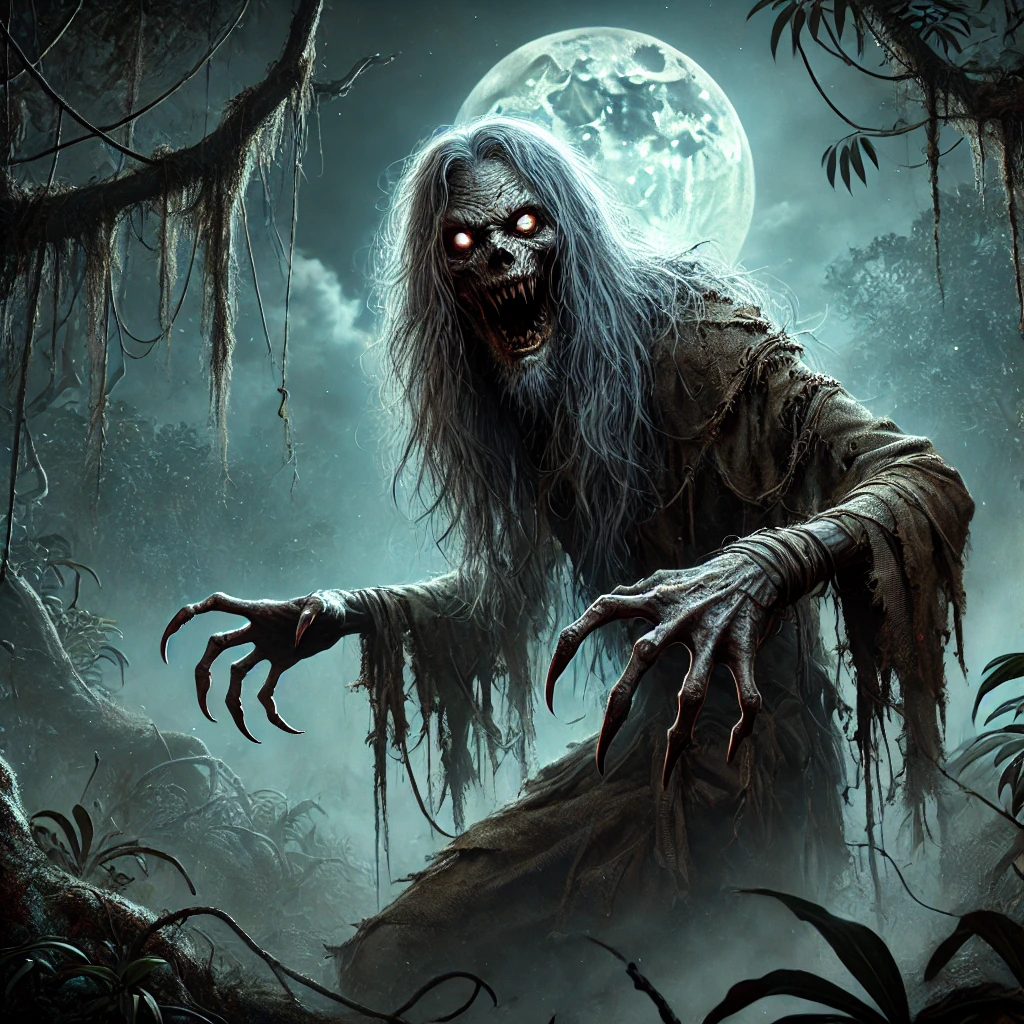

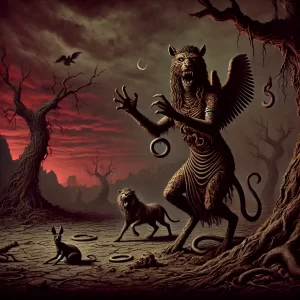
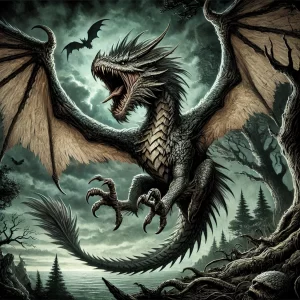
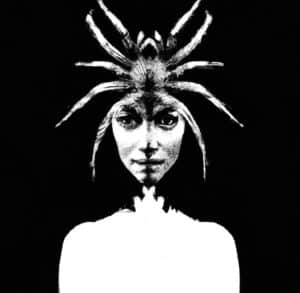
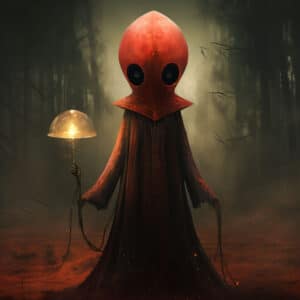
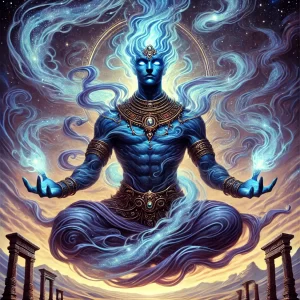
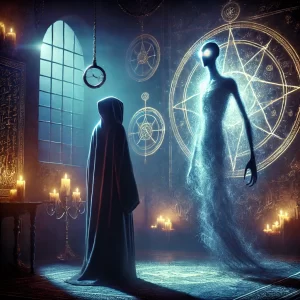
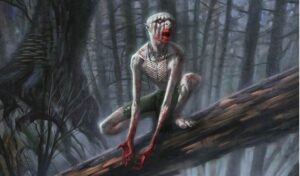

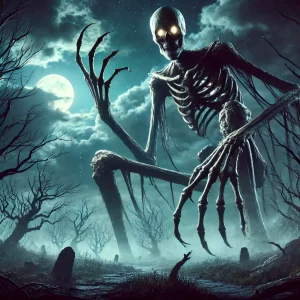



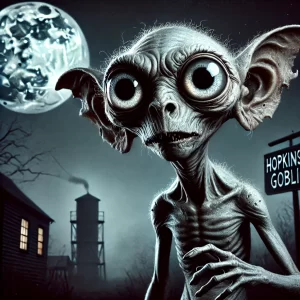


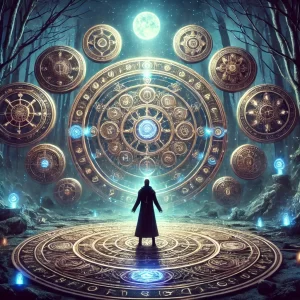
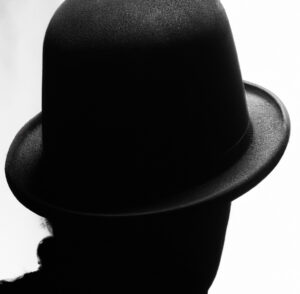


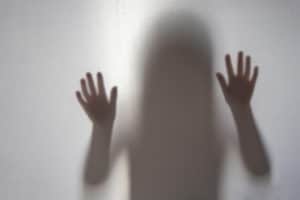
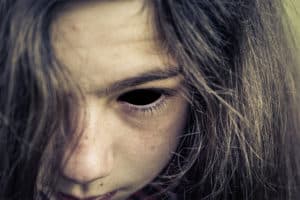

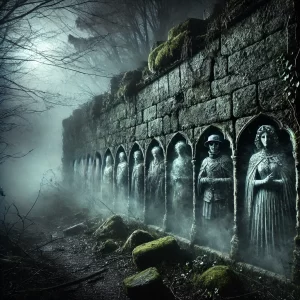

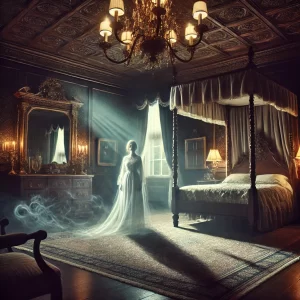
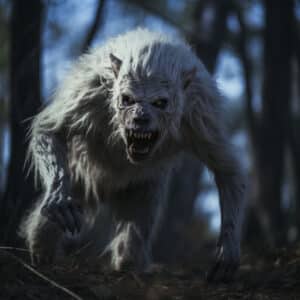
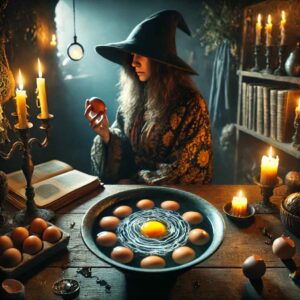
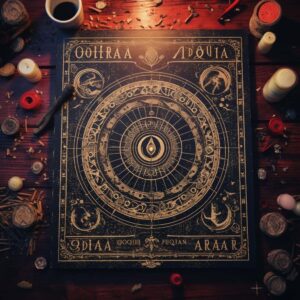
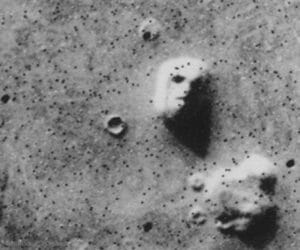

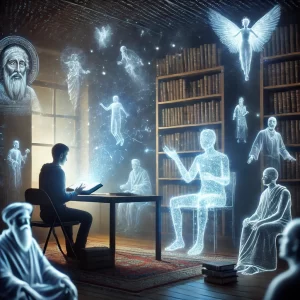


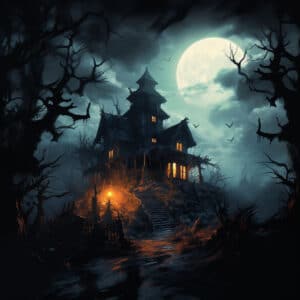

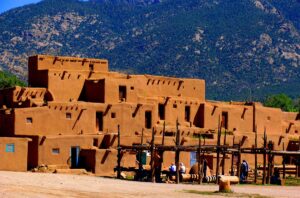



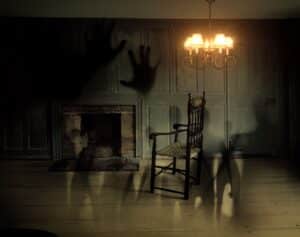



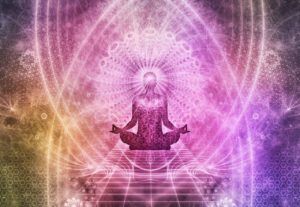
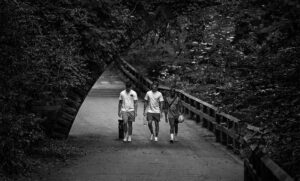
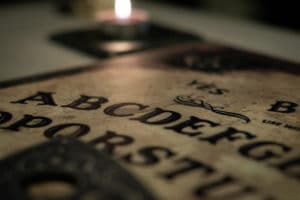

Leave a Reply